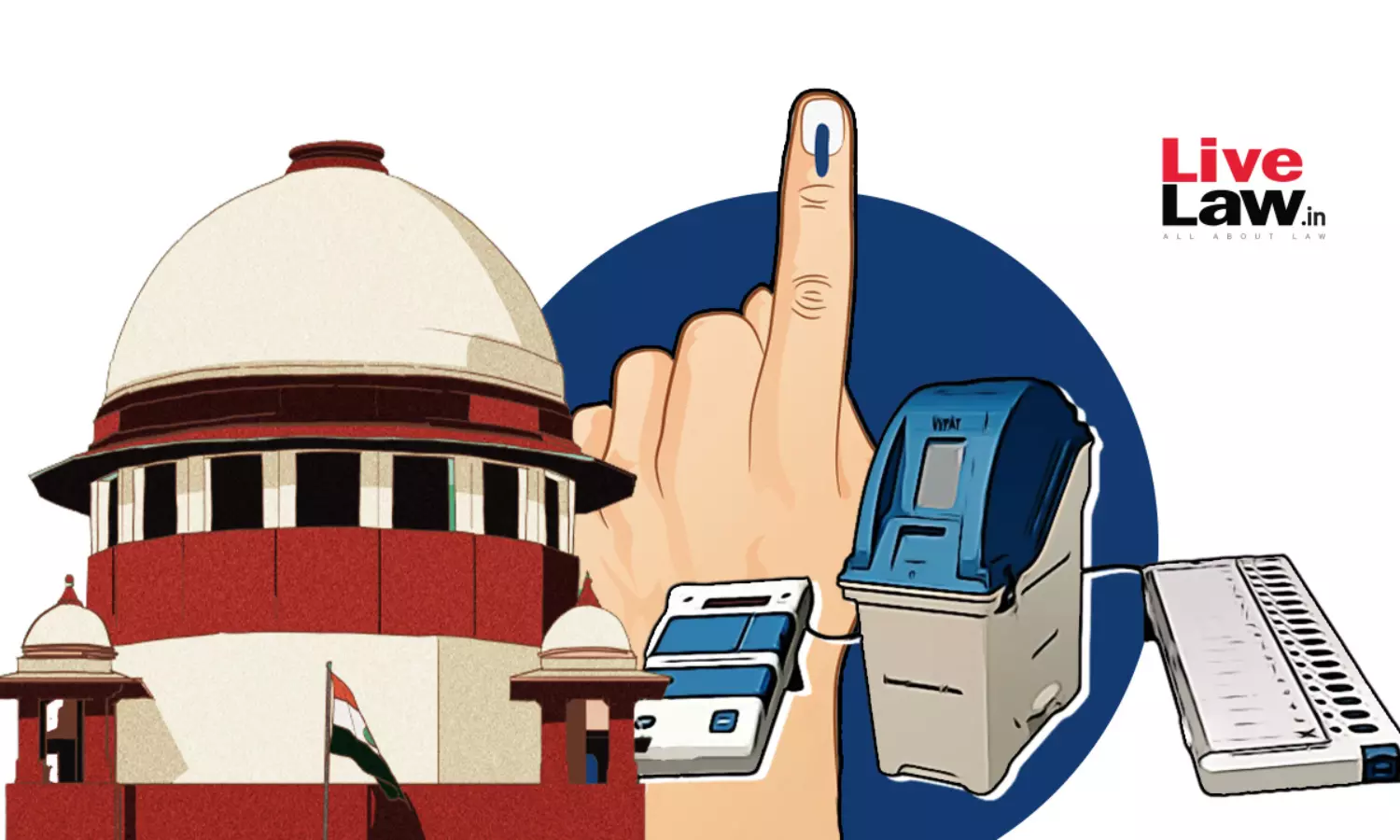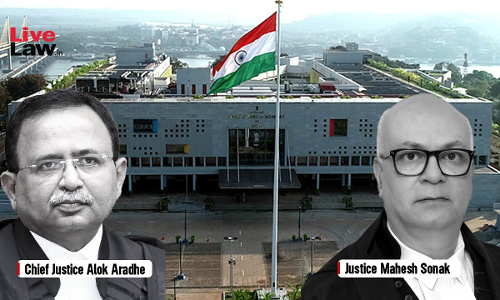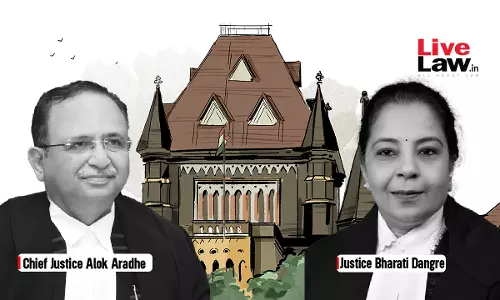'Polling Officer Doesn't Know Who Has Voted For Whom': Supreme Court Dismisses Plea Raising Doubts About Secrecy In Voting Process

The Supreme Court today dismissed a petition filed against the Election Commission, Union of India and others, raising doubts about secrecy in the voting process. A bench of Justices Sanjiv Khanna and Dipankar Datta, passed the order, saying that the Court has already dealt with the issue [refer: EVM-VVPAT judgment] and there was no merit in the petition.During the hearing, Advocate Anuj...
The Supreme Court today dismissed a petition filed against the Election Commission, Union of India and others, raising doubts about secrecy in the voting process.
A bench of Justices Sanjiv Khanna and Dipankar Datta, passed the order, saying that the Court has already dealt with the issue [refer: EVM-VVPAT judgment] and there was no merit in the petition.
During the hearing, Advocate Anuj Saxena (for petitioner) was heard submitting, "when a voter enters polling station, the first polling officer takes the identity slip from the voter and puts it in a sequential order. Voter then approaches second polling officer, who after marking his left index finger with ink, generates a second voter slip and also registers the details of the voter in Register 17A (also in sequential manner). Thereafter, the voter approaches the third polling officer, who activates the EVM and voter casts his vote."
He claimed that the petitioner's concern related to the micro-controllers data chips inside EVMs.
Hearing the counsel, Justice Khanna remarked, "Vote is cast in a chamber where nobody can see". The judge was supplemented by Justice Datta, who questioned the counsel, "Where is the question of a polling officer being able to identity that this VVPAT slip belongs to voter A and this belongs to voter B?"
Referring to the abovementioned judgement in ADR v. ECI, Justice Khanna said to Saxena: "You have not read our judgment. The polling officer in the booth is only able to ascertain as to what is the total number of votes cast. He does not know who has voted for whom. After the result button is pressed, when the counting takes place, then the details come out. Not with regard to the breakup of the votes cast. And the parties in whose favor the vote's cast vis-a-vis the button number come up".
"Without reading the entire judgment and the whole process, you have come", the judge commented before passing the order.
The petition was moved through Advocate on Record Durgesh Ramchandra Gupta.
Case Title: Agnostos Theos v. Election Commission of India and Ors., W.P.(C) No. 330/2024




